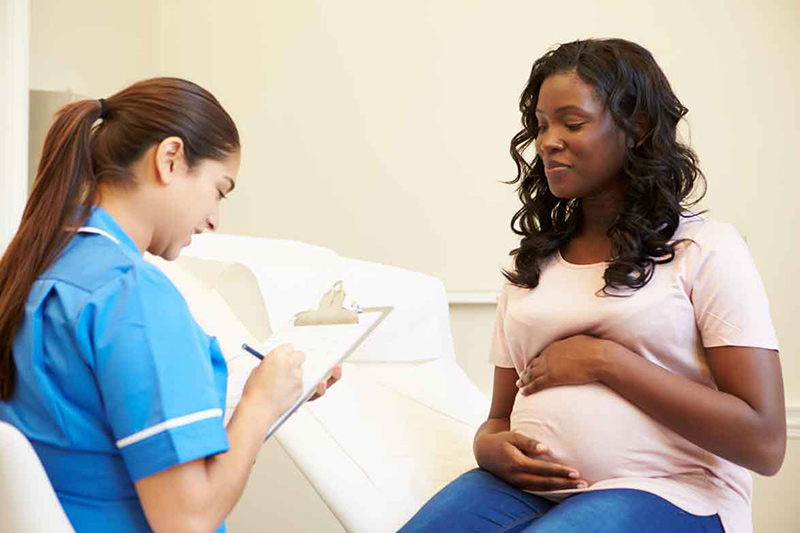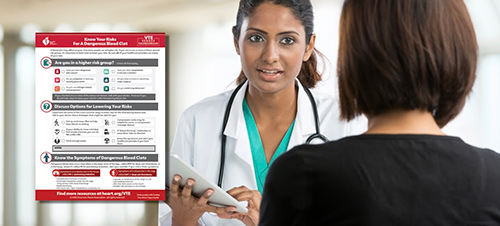Lowering VTE Risk During Pregnancy and Childbirth

The links between pregnancy, childbirth and blood clots.
- Pregnant women are at five times greater risk of a life-threatening blood clot than non-pregnant women. The risk increases after delivery.
- Blood clots cause of 10 percent of all maternal deaths in the Western world, with pulmonary embolism being the leading cause.
Why do childbirth and pregnancy increase the risk of blood clots?
- The blood clotting system is activated during pregnancy to protect the woman from fatal bleeding during labor and delivery.
- The growing baby presses on the veins of the pelvis, slowing blood flow.
- Other risk factors for a blood clot during pregnancy and childbirth include:
- Inherited blood-clotting disorders
- History of blood clots
- Older age at time of pregnancy
- Obesity
- Cesarean delivery
- Major bleeding after delivery
How can I lower my risks during and after a pregnancy?
- Stay active.
Keep your legs moving to help blood flow up the veins out of the leg unless your healthcare provider has told you otherwise.
- Assess your risks.
Women at very high risk might be treated with low dose blood thinning medications (anticoagulants).
- Drink water.
Be sure to stay well-hydrated.
- Consider compression.
Graduated compression stockings can be worn if advised by your healthcare provider.
- Know the symptoms.
Learn to recognize the symptoms of a dangerous blood clot and speak up if you notice anything that concerns you.
Know Your Risk for a Dangerous Blood Clot
A blood clot may affect anyone, but some people are at higher risk. If you are in one or more of these special risk groups, it’s important to learn how to lower your risks.








